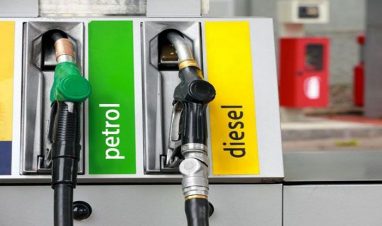New Delhi: India’s diesel consumption picked up pace in April 2025, rising 4 percent after months of sluggish or stagnant growth. The increase was driven by the onset of summer and greater activity in the transport and rural sectors, reports Business Standard.
Diesel remains the most consumed petroleum product in the country, playing a crucial role in transportation and agriculture. The latest data from the Petroleum Planning and Analysis Cell (PPAC) under the Ministry of Petroleum and Natural Gas shows that diesel consumption climbed to 8.23 million tonnes in April—marking a 4 percent year-on-year rise and the highest volume recorded for the month. It is also the second-highest diesel usage in any month on record.
Compared to April 2023, demand grew by 5.3 percent and was 10.45 percent higher than the same month during the COVID-affected year of 2019. The growth follows a period of slow performance—diesel demand had grown only 2 percent in the financial year ending March 31, 2024, and had seen no growth at all the previous year.
Industry officials attributed the recovery in part to election-related activities in April, which typically increase fuel use.
Despite a shift in passenger vehicles towards petrol, CNG, and electric options, diesel still accounts for around 38 percent of petroleum product consumption in India. Officials say that diesel has already exceeded pre-pandemic levels by over 10 percent and is expected to see continued growth in the coming years.
Petrol consumption also rose in April, growing 4.6 percent to 3.435 million tonnes. While the growth rate is modest compared to last year’s 19 percent surge—largely attributed to election campaigning—the sector continues to see steady gains, with volumes since 2019 now equivalent to four additional months of usage.
LPG use remained strong, recording a 6.7 percent increase to 2.621 million tonnes, boosted by the continued rollout of Ujjwala scheme connections. Since 2019, LPG consumption has grown by the equivalent of five months of usage.
Jet fuel (ATF) saw slower growth at 3.25 percent, reaching 766,000 tonnes. This is a drop from the 11.28 percent growth seen in April 2024, which had also been influenced by the election season.

















